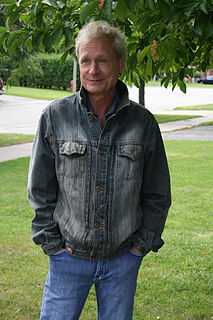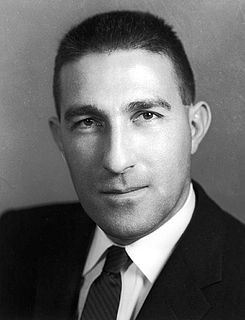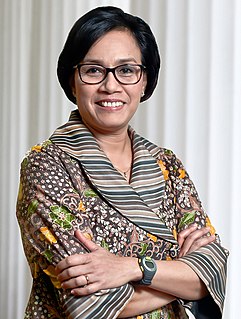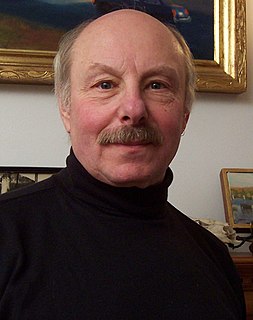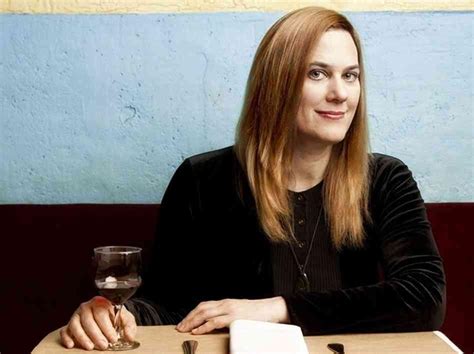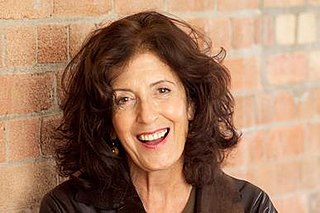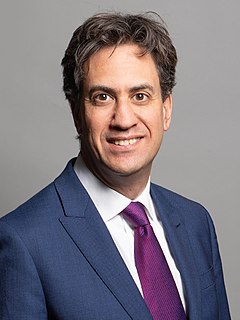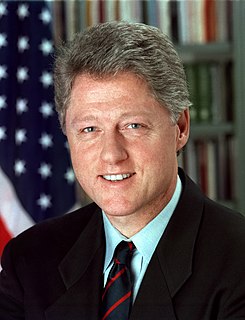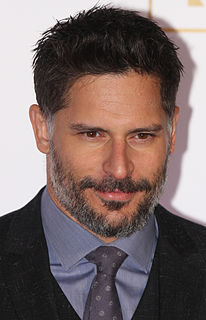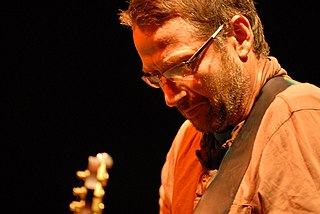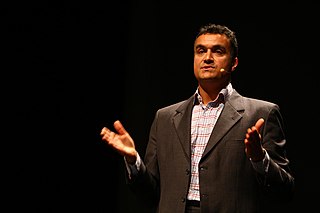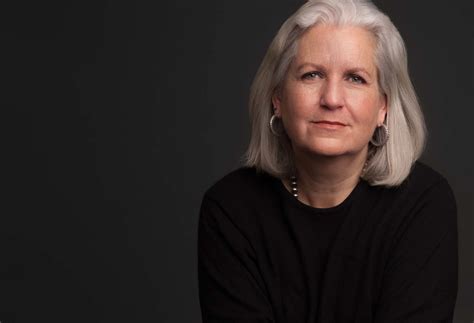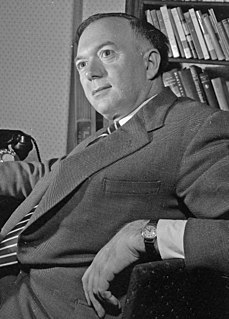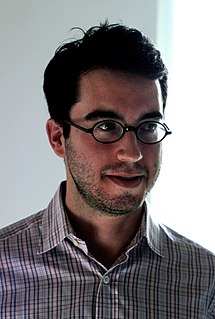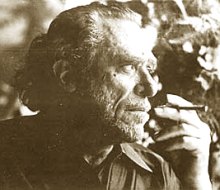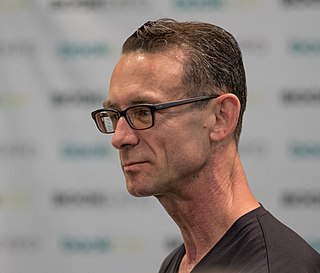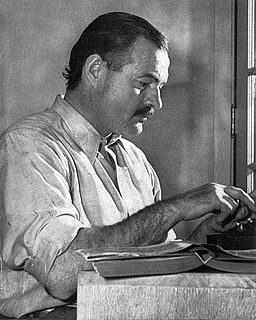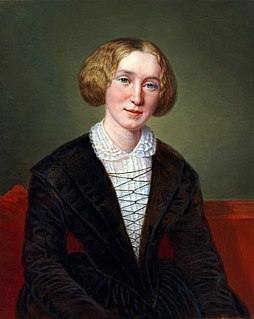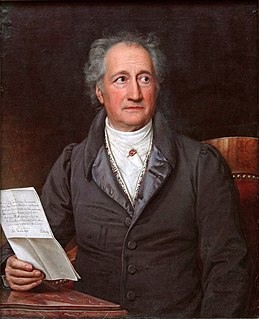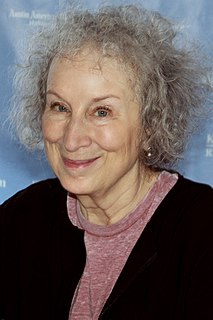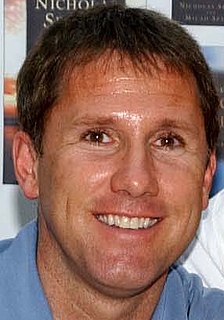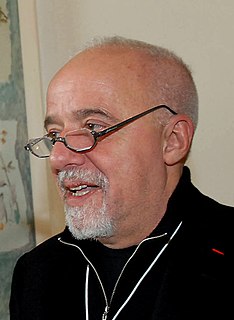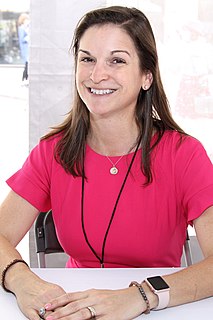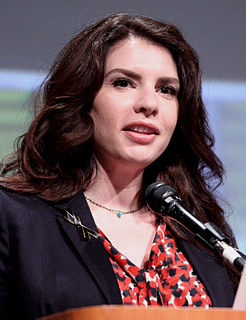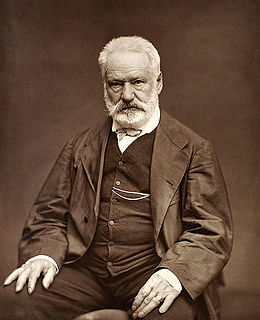A Quote by B. W. Powe
We have to learn how to contact one another over an enormous land space, across five-and-a-half time zones, in what as once a wilderness of scattered settlements, in what is now a sprawl of suburban edge cities and satellite towns. Technology forges connections and disconnections here.
Related Quotes
It's about creating a product or service so good that people will pay for it. Now 30 years on The Body Shop is a multi local business with over 2.045 stores serving over 77 million customers in 51 different markets in 25 different languages and across 12 time zones. And I haven't a clue how we got here!
An unfolding technology has increased our economic strength and added to the convenience of our lives. But that same technology-we know now-carries danger with it. From the great smoke stacks of industry and from the exhausts of motors and machines, 130 million tons of soot, carbon and grime settle over the people and shroud the Nation's cities each year. From towns, factories, and stockyards, wastes pollute our rivers and streams, endangering the waters we drink and use.
Out of the Slow Food movement has grown something called the Slow Cities movement, which has started in Italy but has spread right across Europe and beyond. And in this, towns begin to rethink how they organize the urban landscape so that people are encouraged to slow down and smell the roses and connect with one another.
A mother and daughter are an edge.
Edges are ecotones, transitional zones,
places of danger or opportunity.
House-dwelling tension.
When I stand on the edge of the land and sea,
I feel this tension, this fluid line of transition.
High tide. Low tide.
It is the sea's reach and retreat
that reminds me
we have been human
for only a very short time.
Remember that those five hundred words an average Englishman uses are far from being the whole vocabulary of the language. You may learn another five hundred and another five thousand and yet another fifty thousand and still you may come across a further fifty thousand you have never heard of before, and nobody else either.
From space, astronauts can see people making love as a tiny speck of light. Not light, exactly, but a glow that could be confused for light - a coital radiance that takes generations to pour like honey through the darkness to the astronaut's eyes. In about one and a half centuries - after the lovers who made the glow will have long since been laid permanently on their backs - the metropolitan cities will be seen from space. They will glow all year. Smaller cities will also be seen, but with great difficulty. Towns will be virtually impossible to spot. Individual couples invisible.
